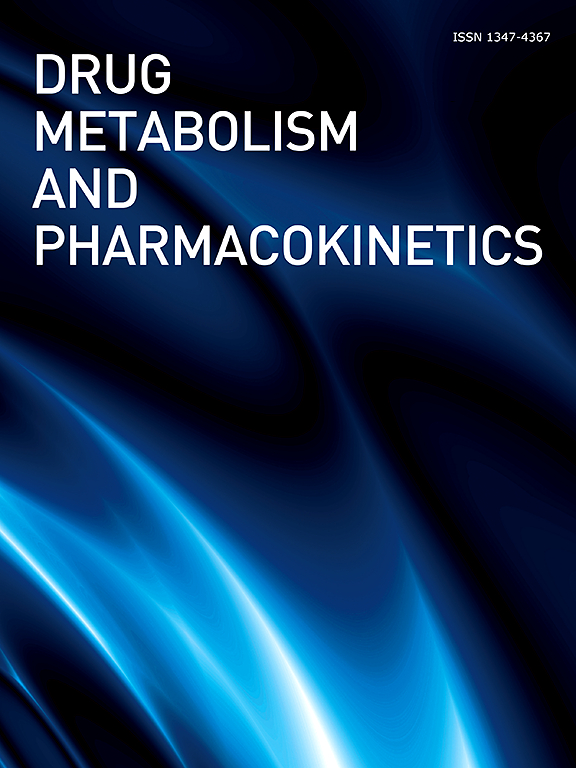Organoids and microphysiological systems for pharmaceutical research of viral respiratory infections
IF 2.7
4区 医学
Q2 PHARMACOLOGY & PHARMACY
引用次数: 0
Abstract
In the pharmaceutical research of viral respiratory infections, cell culture models have traditionally been used to evaluate the therapeutic effects of candidate compounds. Although cell lines are easy to handle and cost-effective, they do not fully replicate the characteristics of human respiratory organs. Recently, organoids and microphysiological systems (MPS) have been employed to overcome this limitation for in vitro testing of drugs against viral respiratory infections. Advanced disease modeling using organoids, self-organized three-dimensional (3D) cell culture models derived from stem cells, or MPS, models for culturing multiple cell types in a microfluidic device and capable of recapitulating a physiological 3D dynamic environment, can accurately replicate the complex functions of respiratory organs, thus making them valuable tools for elucidating the organ damages caused by viral respiratory infections and evaluating the efficacy of candidate drugs against them. Recently, a wide range of organoids and MPS have been developed to model the complex pathophysiology caused by severe acute respiratory syndrome coronavirus 2 (SARS-CoV-2) infection and assess therapeutic drugs. In this review, we evaluate the latest pharmaceutical research on coronavirus disease 2019 (COVID-19) that utilizes organoids and MPS and discuss future perspectives of their applications.

求助全文
约1分钟内获得全文
求助全文
来源期刊
CiteScore
4.80
自引率
9.50%
发文量
50
审稿时长
69 days
期刊介绍:
DMPK publishes original and innovative scientific papers that address topics broadly related to xenobiotics. The term xenobiotic includes medicinal as well as environmental and agricultural chemicals and macromolecules. The journal is organized into sections as follows:
- Drug metabolism / Biotransformation
- Pharmacokinetics and pharmacodynamics
- Toxicokinetics and toxicodynamics
- Drug-drug interaction / Drug-food interaction
- Mechanism of drug absorption and disposition (including transporter)
- Drug delivery system
- Clinical pharmacy and pharmacology
- Analytical method
- Factors affecting drug metabolism and transport
- Expression of genes for drug-metabolizing enzymes and transporters
- Pharmacogenetics and pharmacogenomics
- Pharmacoepidemiology.

 求助内容:
求助内容: 应助结果提醒方式:
应助结果提醒方式:


